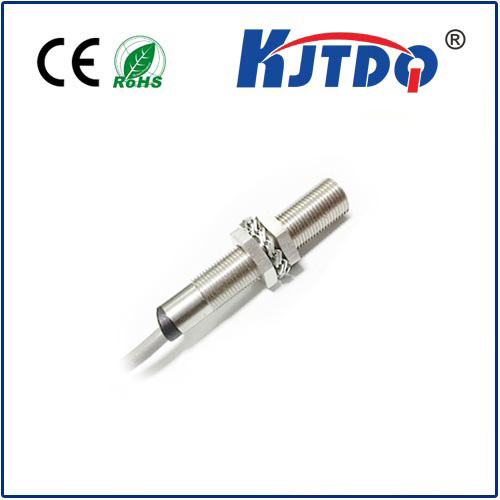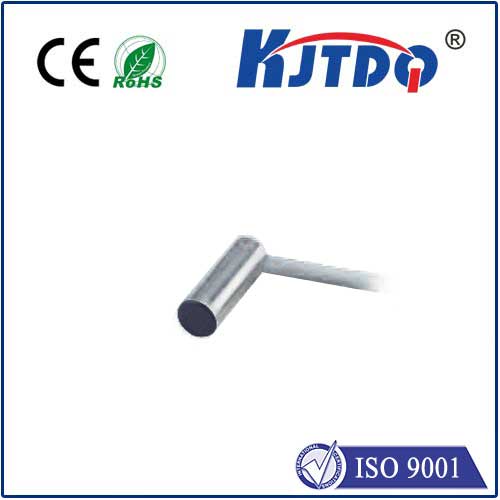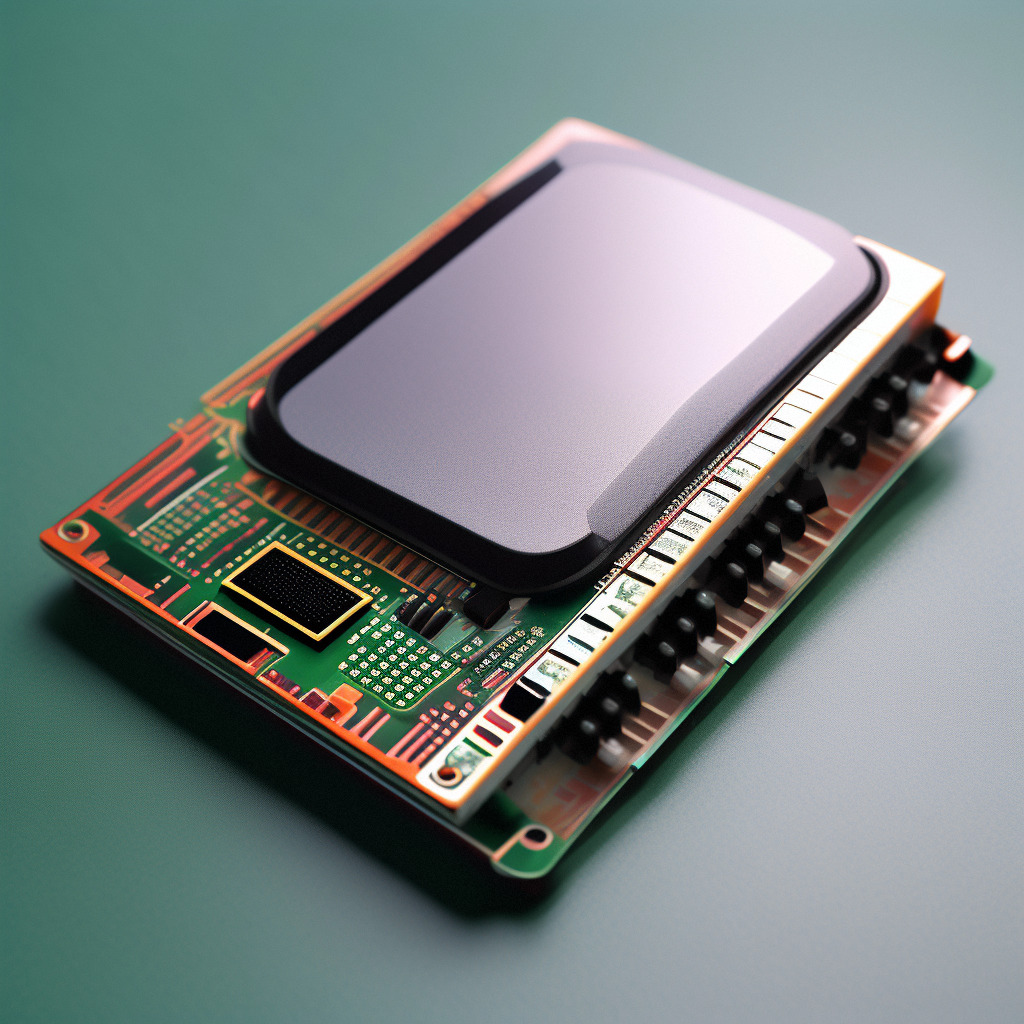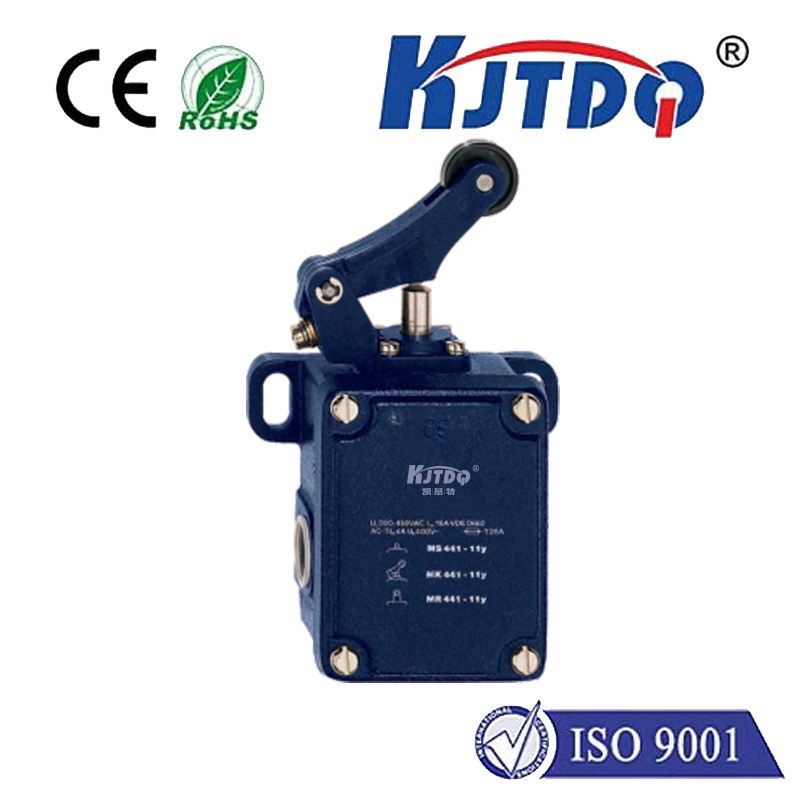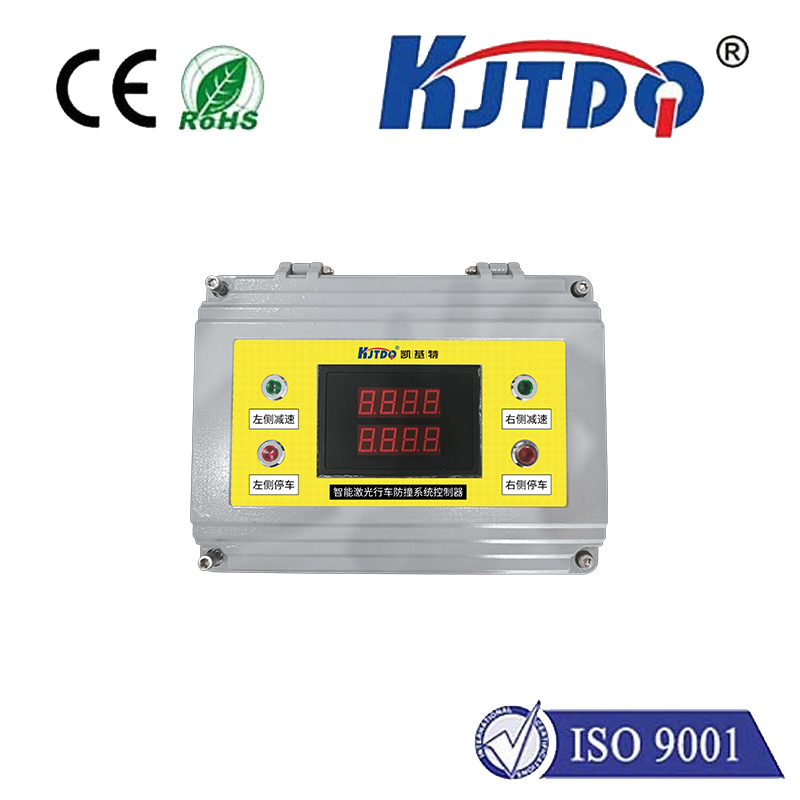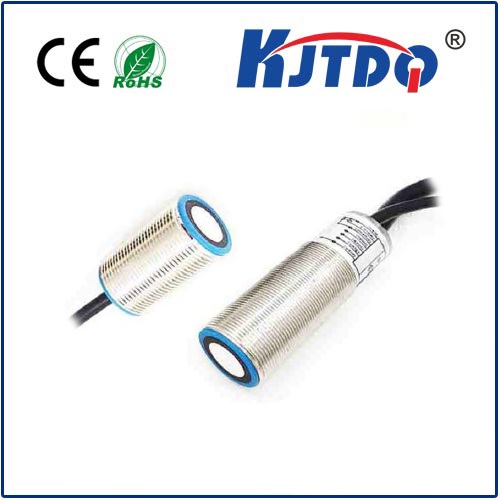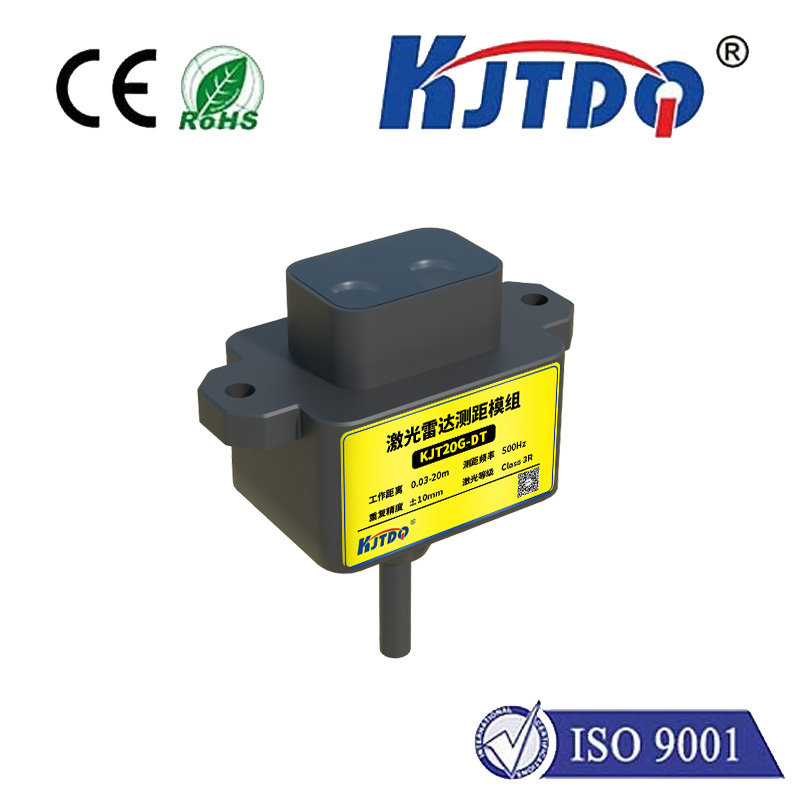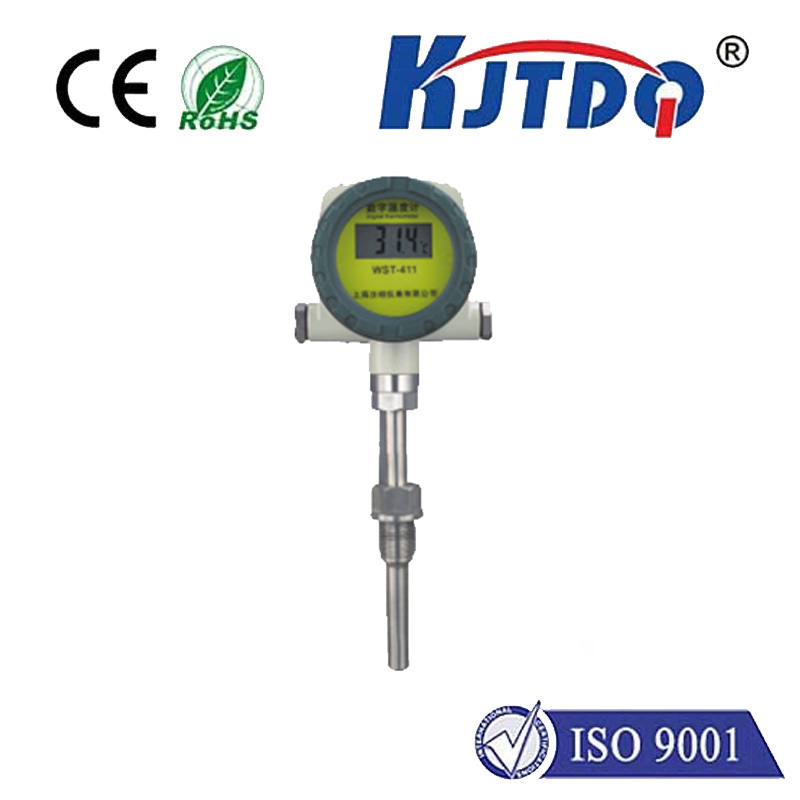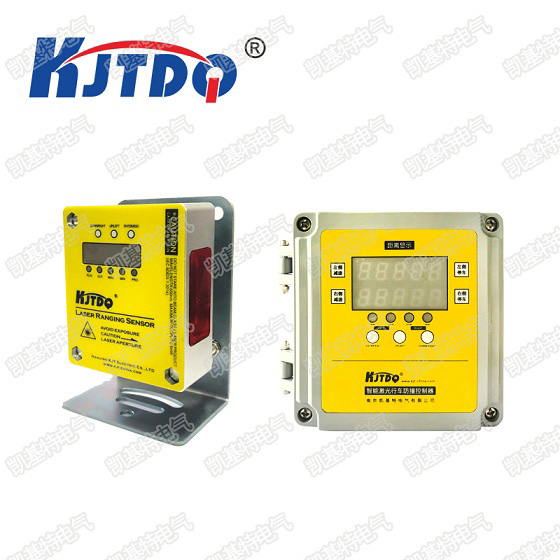

check

check

check

check

check

check

check

check

check

check
The advent of smart home technology has brought about significant changes in the way we interact with our living spaces. One such innovation is the smart home proximity sensor, which has become an essential component of modern homes. This cutting-edge device enables homeowners to easily connect and control various electronic devices and appliances in their residence, enhancing convenience, security, and energy efficiency.
At its core, the smart home proximity sensor works by utilizing infrared or ultrasonic technology to detect the presence of individuals or objects within a designated range. When someone enters this range, the sensor triggers an automatic response, triggering a series of actions tailored to the user's preferences. These actions may include turning on lights, adjusting temperature settings, playing music, or even locking doors and windows.
One of the most significant advantages of smart home proximity sensors is their ability to enhance home security. By monitoring activity within your home, these advanced sensors can detect unusual behavior patterns and alert you or your security system to potential threats. For instance, if a stranger enters your home while you are away, the sensor will trigger an alert, allowing you to take immediate action to protect your property.
In addition to improving home security, smart home proximity sensors also contribute to energy efficiency by optimizing the use of electronic devices and appliances. By automatically adjusting lighting, heating, and cooling systems based on occupancy and external conditions, these sensors help to reduce energy consumption and save money on utility bills.
Another notable feature of smart home proximity sensors is their versatility. They can be installed in virtually any area of your home, from hallways and bedrooms to garages and outdoor spaces. This flexibility allows you to customize your sensor network to suit your specific needs and preferences, creating a truly personalized living experience.
Furthermore, with the growing popularity of voice assistants like Amazon Alexa and Google Home, smart home proximity sensors have become increasingly integrated into our daily lives. By simply speaking commands to these virtual assistants, users can control various aspects of their home environment without having to lift a finger. This hands-free convenience has made smart home proximity sensors even more appealing to consumers looking for a seamless and intuitive living experience.
In conclusion, the introduction of smart home proximity sensors has revolutionized the way we interact with our living spaces. By seamlessly integrating into our homes, these advanced devices offer enhanced convenience, security, energy efficiency, and personalized control options. As technology continues to evolve, it is likely that we will see even more innovative solutions emerge in the realm of smart home automation and connectivity.
